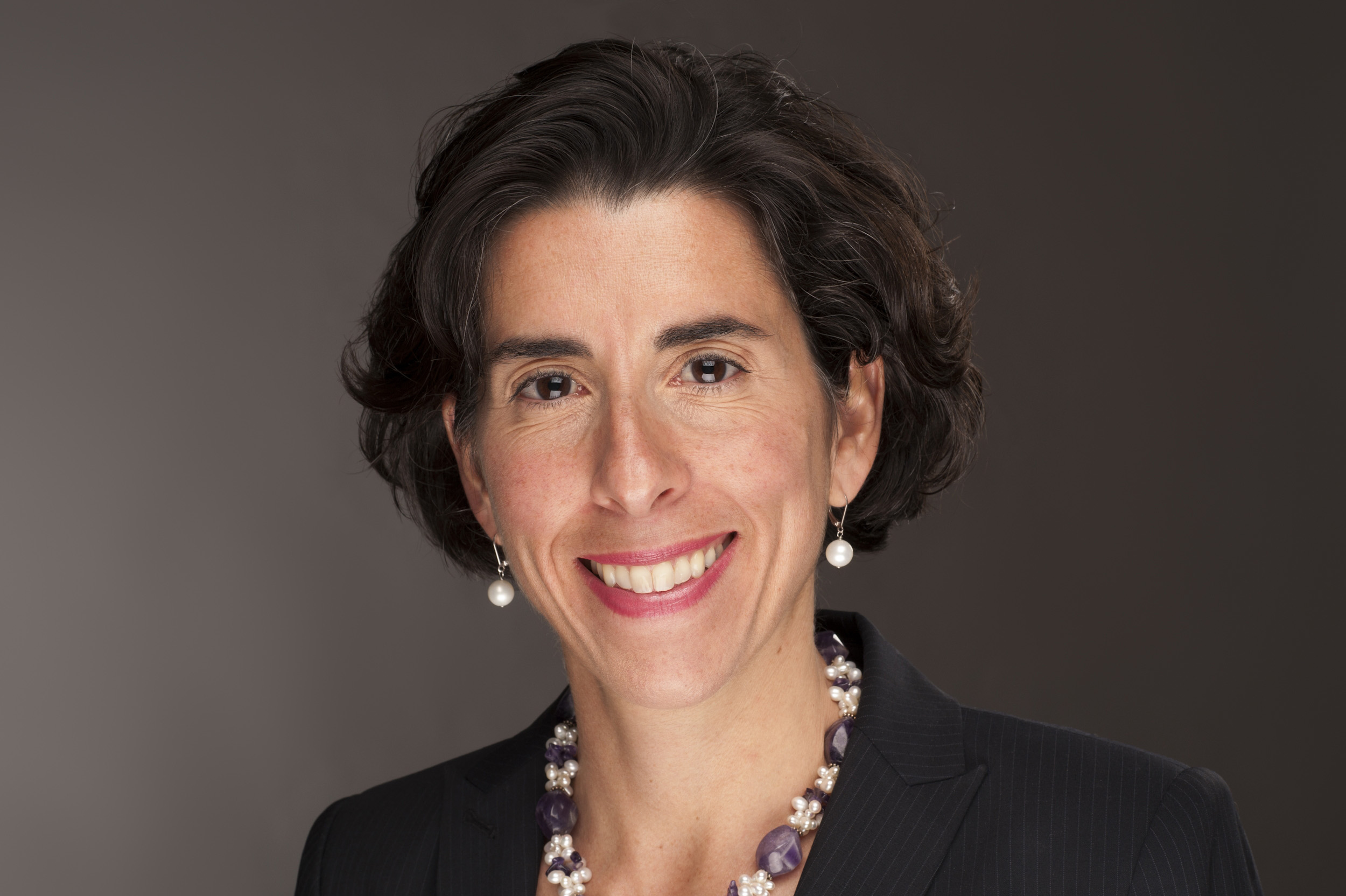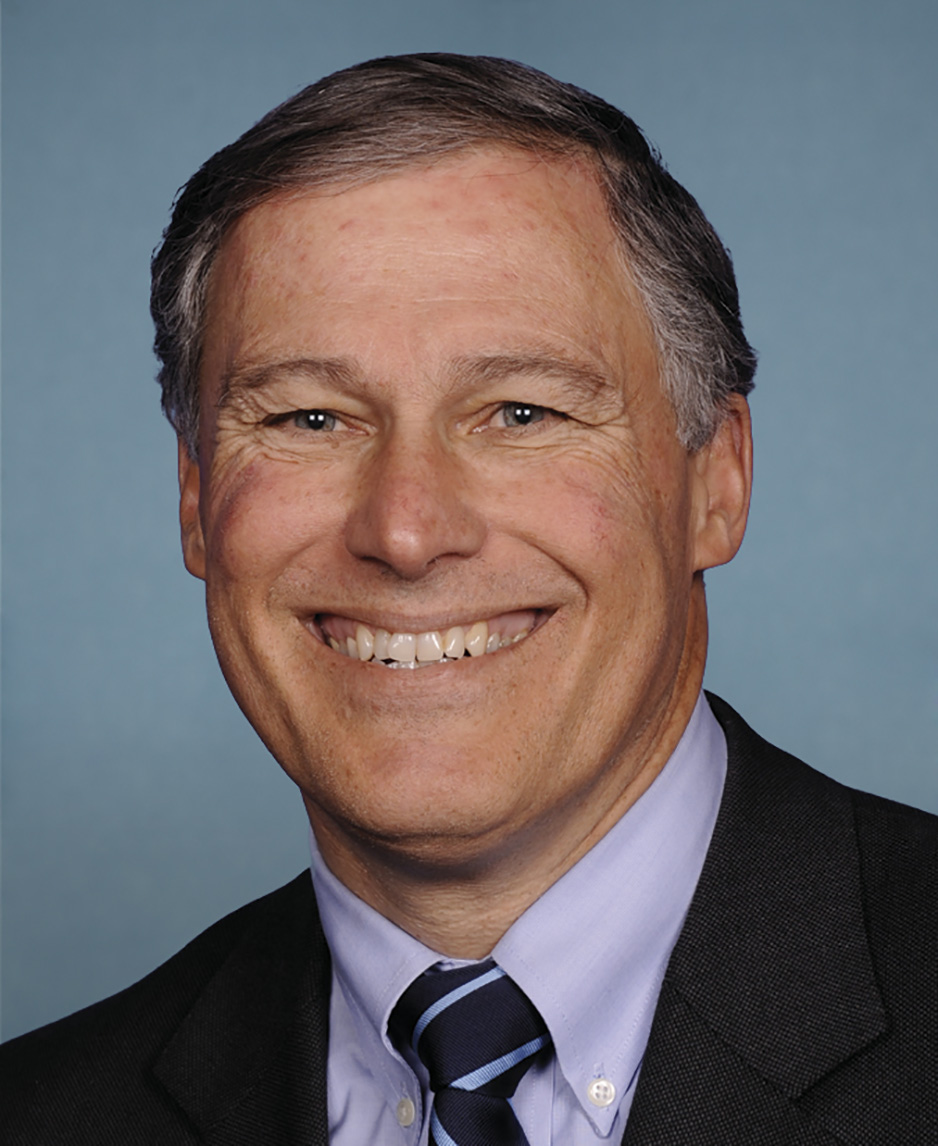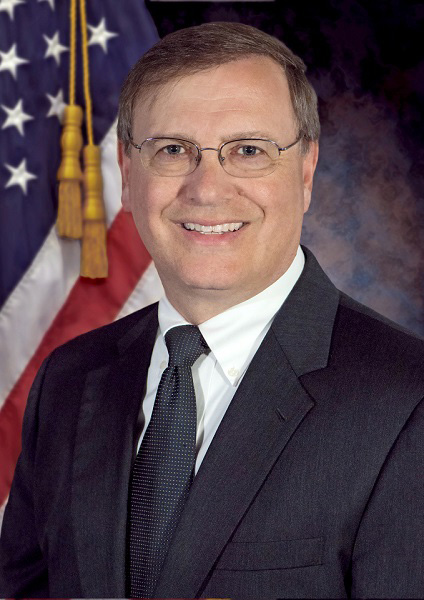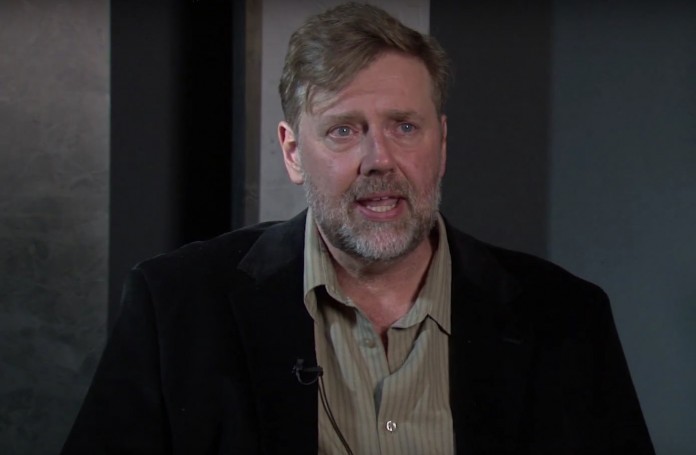WASHINGTON – On Aug. 11, acting Drug Enforcement Administration (DEA) Administrator Chuck Rosenberg responded to Rhode Island Gov. Gina Raimondo, Washington Gov. Jay Inslee and Bryan Krumm, a certified nurse practitioner from Albuquerque who specializes in Post Traumatic Stress Disorder (PTSD) and helped author New Mexico’s medical marijuana law, denying their petitions to initiate proceedings to reschedule marijuana.

In November 2011 Raimondo’s and Inslee’s predecessors: Govs. Lincoln Chafee and Christine Gregoire, respectively, also petitioned the DEA to initiate rulemaking proceedings to have marijuana and related items removed from Schedule I of the Controlled Substances Act (CSA) and rescheduled as medical cannabis in Schedule II.

Chafee and Gregoire based their request on their assertion: 1) Cannabis has accepted medical use in the United States; 2) Cannabis is safe for use under medical supervision; 3) Cannabis for medical purposes has a relatively low potential for abuse, especially in comparison with other Schedule II drugs.
However, after the DEA requested a scientific and medical evaluation and scheduling recommendation from the Department of Health and Human Services (HHS), it concluded marijuana has a high potential for abuse, has no accepted medical use in the United States and lacks an acceptable level of safety for use even under medical supervision.
Based on the HHS evaluation and other relevant data, the DEA concluded there was no substantial evidence that marijuana should be removed from Schedule I.
Attached to his letter, Rosenberg included a 186-page document prepared by the DEA addressing the materials in detail and stated, “In short, marijuana continues to meet the criteria for Schedule I control under the CSA because:
“1) Marijuana has a high potential for abuse. The HHS evaluation and the additional data gathered by the DEA show that marijuana has a high potential for abuse.
“2) Marijuana has no currently accepted medical use in treatment in the United States. Based on the established five-part test for making such determination, marijuana has no “currently accepted medical use” because: As detailed in the HHS evaluation, the drug’s chemistry is not known and reproducible; there are no adequate safety studies; there are no adequate and well-controlled studies proving efficacy; the drug is not accepted by qualified experts; and the scientific evidence is not widely available.
“3) Marijuana lacks accepted safety for use under medical supervision. At present, there are no marijuana products approved by the U.S. Food and Drug Administration (FDA), nor is marijuana under a New Drug Application (NDA) evaluation at the FDA for any indication. The HHS evaluation states that marijuana does not have a currently accepted medical use in treatment in the United States or a currently accepted medical use with severe restrictions. At this time, the known risks of marijuana use have not been shown to be outweighed by specific benefits in well-controlled clinical trials that scientifically evaluate safety and efficacy.”
Rosenberg explained the criteria for placing substances in Schedule I of the CSA are set by statute.

He said Schedule I includes some substances that are exceptionally dangerous and some, including marijuana, that are less dangerous than some substances in other schedules.
While noting that might strike some people as odd, Rosenberg said, “[T]he criteria for inclusion in Schedule I is not relative danger.”
He said unlike the Saffir-Simpson scale or Richter scale, under which movement up those two scales indicates increasing severity and damage (for hurricanes and earthquakes, respectively), it is not so with drug scheduling.
Rosenberg stated, “It is best not to think of drug scheduling as an escalating ‘danger’ scale – rather, specific statutory criteria (based on medical and scientific evidence) determine into which schedule a substance is placed.”
Stating research is the bedrock of science, Rosenberg said the DEA will, as it has for many years, support legitimate research regarding marijuana and has never denied an application from a researcher to use lawfully produced marijuana in a study determined by HHS to be scientifically meritorious.
In fact, the total number of individuals and institutions registered with the DEA to research marijuana, marijuana extracts, derivatives and tetrahydrocannabinols (THC) has increased from 161 in 2014 to 354 at present.
Rosenberg said folks might be surprised to learn the DEA supports some of the ongoing research, which involves the effects of smoked marijuana on human subjects.
Meanwhile, the DEA and National Institute on Drug Abuse (NIDA) have increased the amount of marijuana available for research in order to meet legitimate demands by researchers.
Details of a proposal to approve additional growers of marijuana to supply legitimate research will be published in the Federal Register.
Rosenberg stated the FDA drug approval process for evaluating potential medicines has worked effectively for more than 50 years, and called it a “thorough, deliberate and exacting process grounded in science, and properly so, because the safety of our citizens relies on it.”
In conclusion, Rosenberg stated, “Using established scientific standards that are consistent with that same FDA drug approval process and based on the FDA’s scientific and medical evaluation, as well as the legal standards in the CSA, marijuana will remain a Schedule I controlled substance. It does not have a currently accepted medical use in treatment in the United States, there is lack of accepted safety for its use under medical supervision, and it has a high potential for abuse.”
If the scientific understanding about marijuana were to change, Rosenberg said the DEA’s decision could also change.
However, he stated, “[W]e will remain tethered to science, as we must, and as the statute demands. It would certainly be odd to rely on science when it suits us and ignore it otherwise.”





